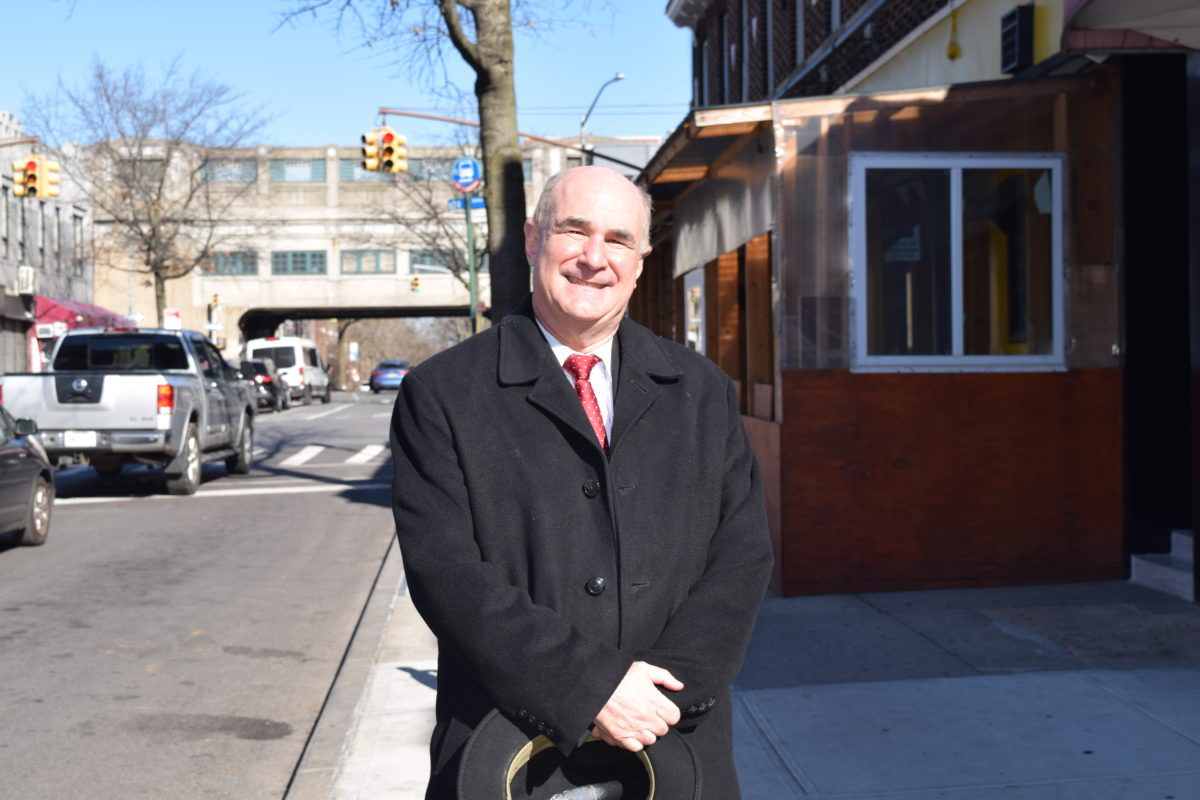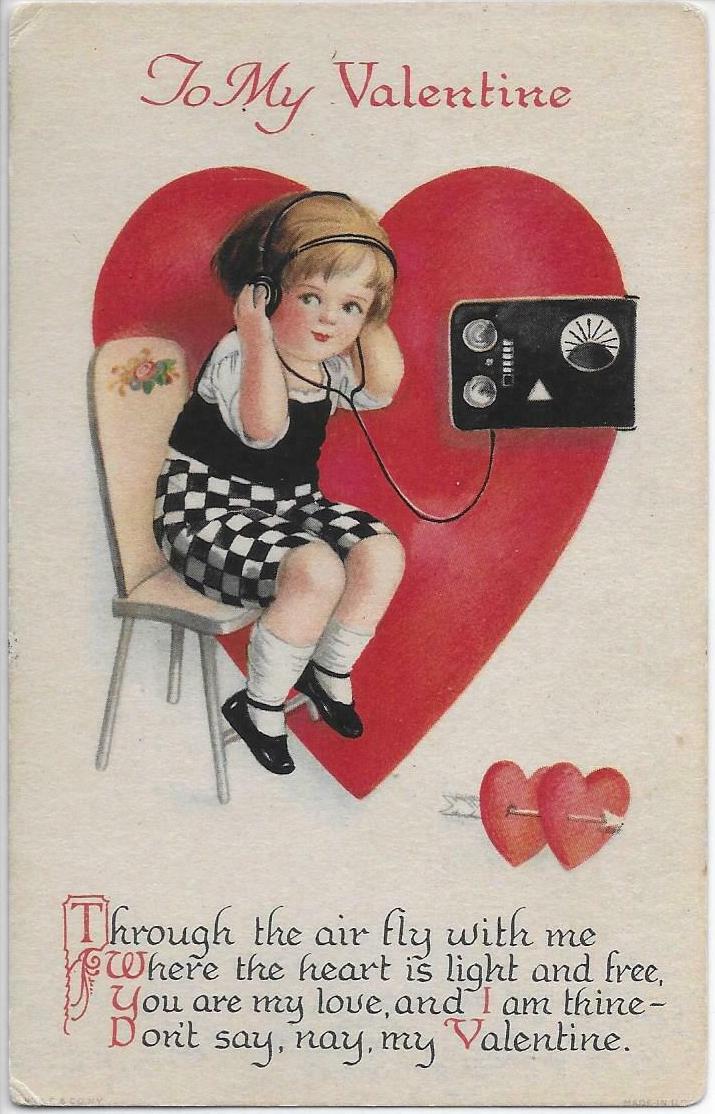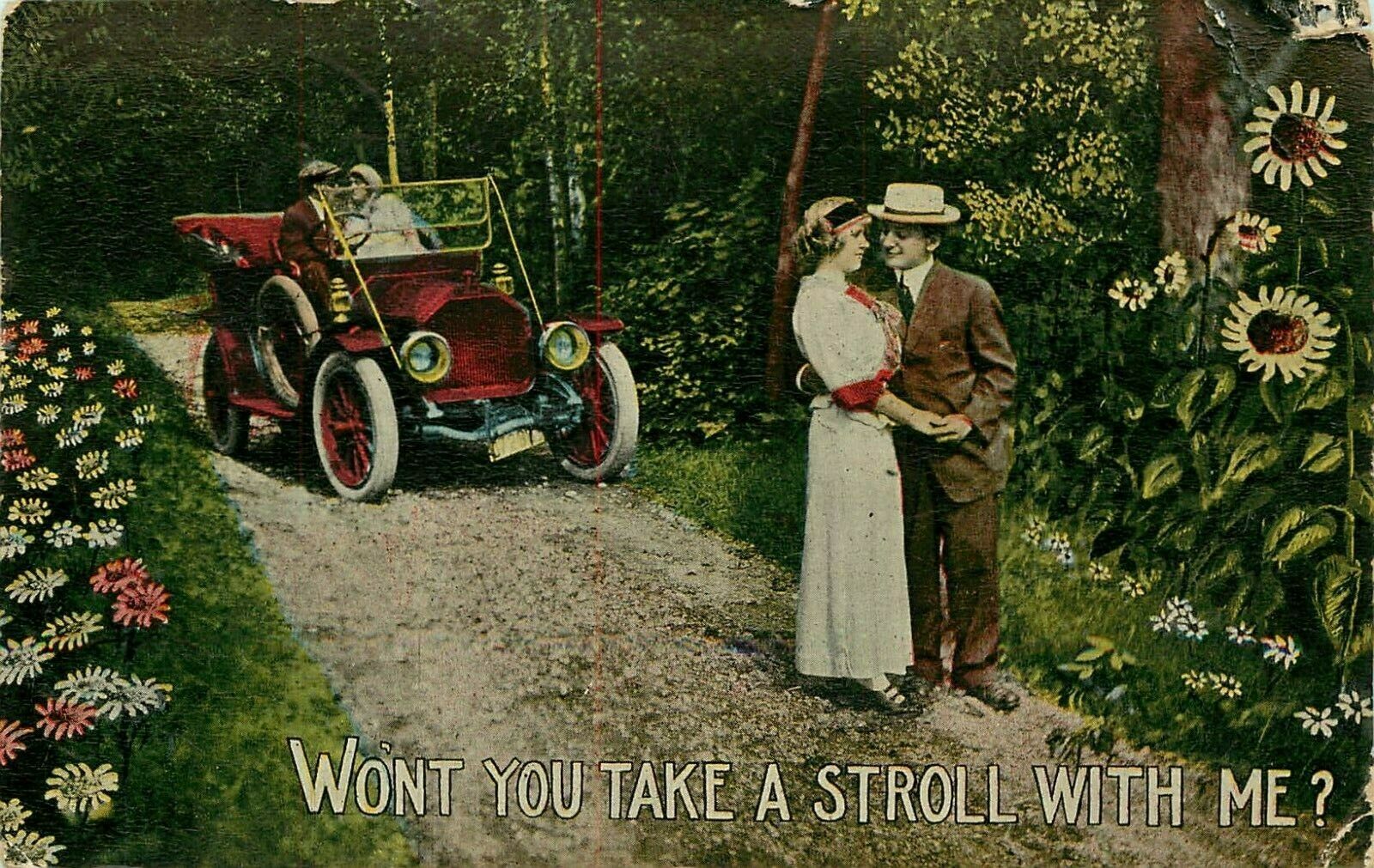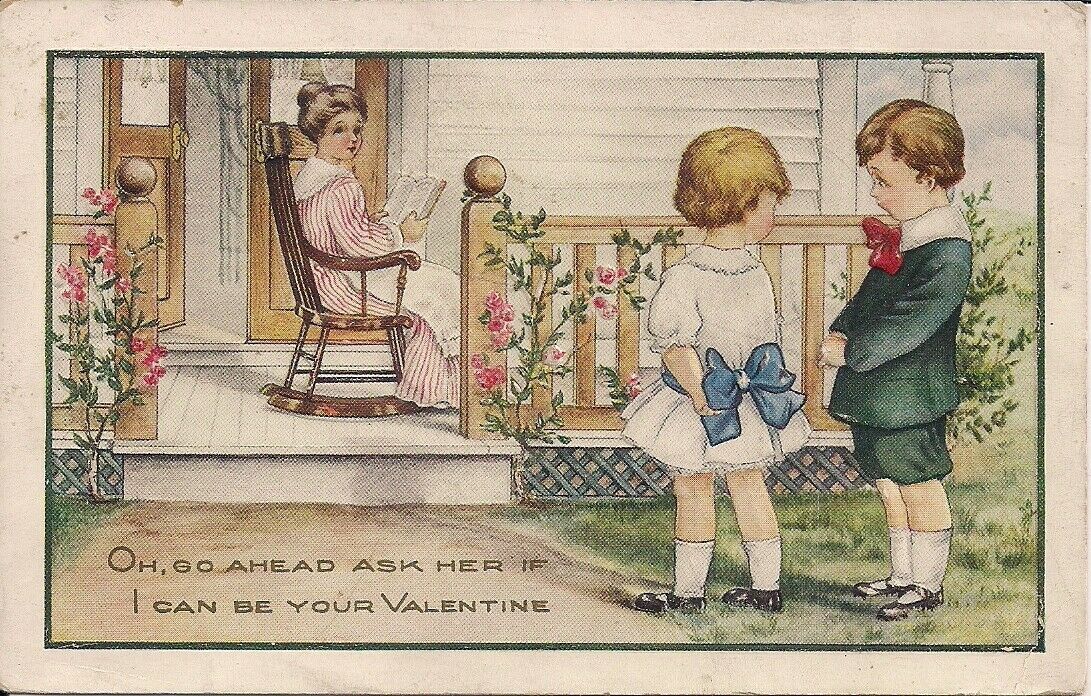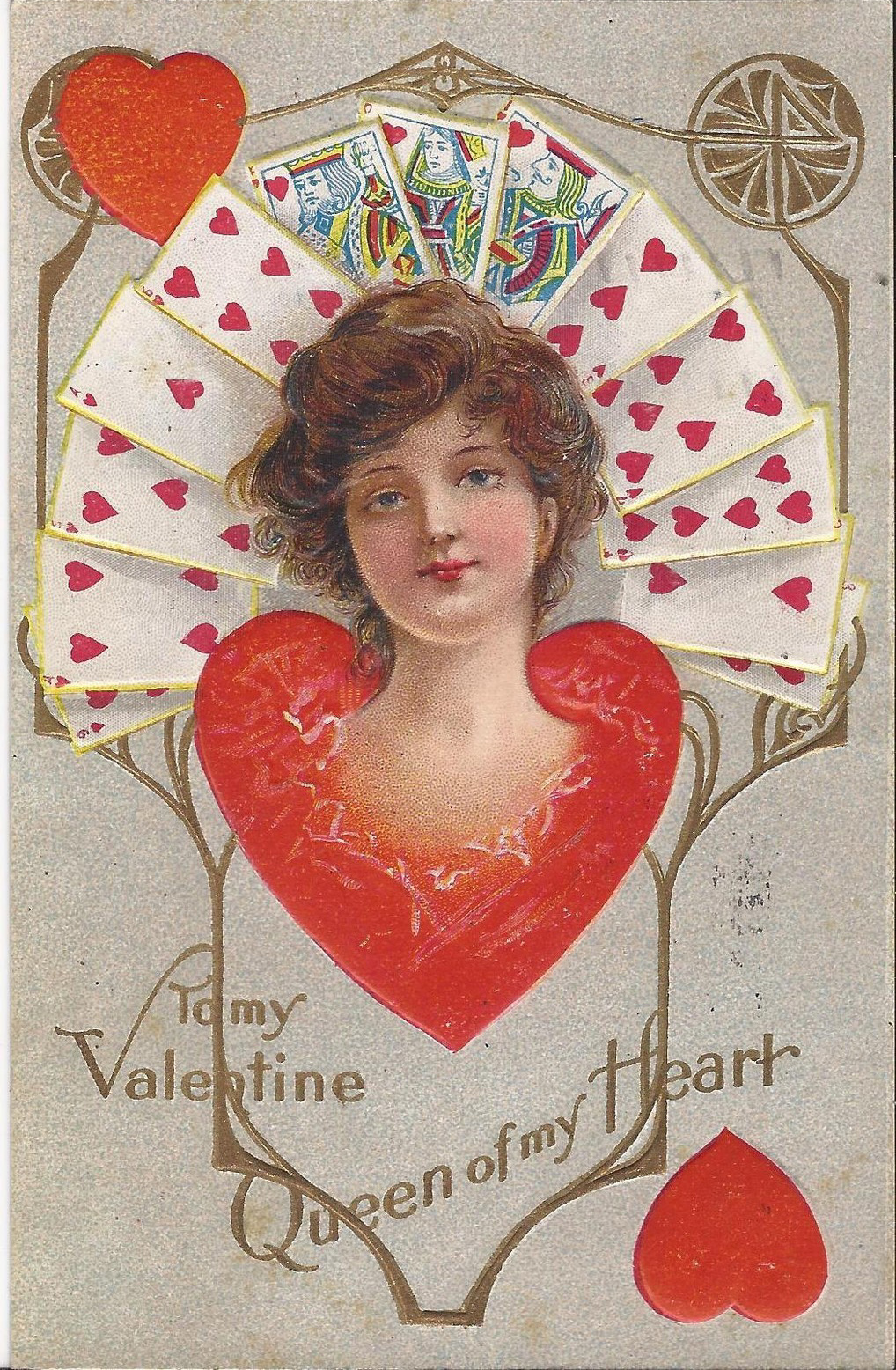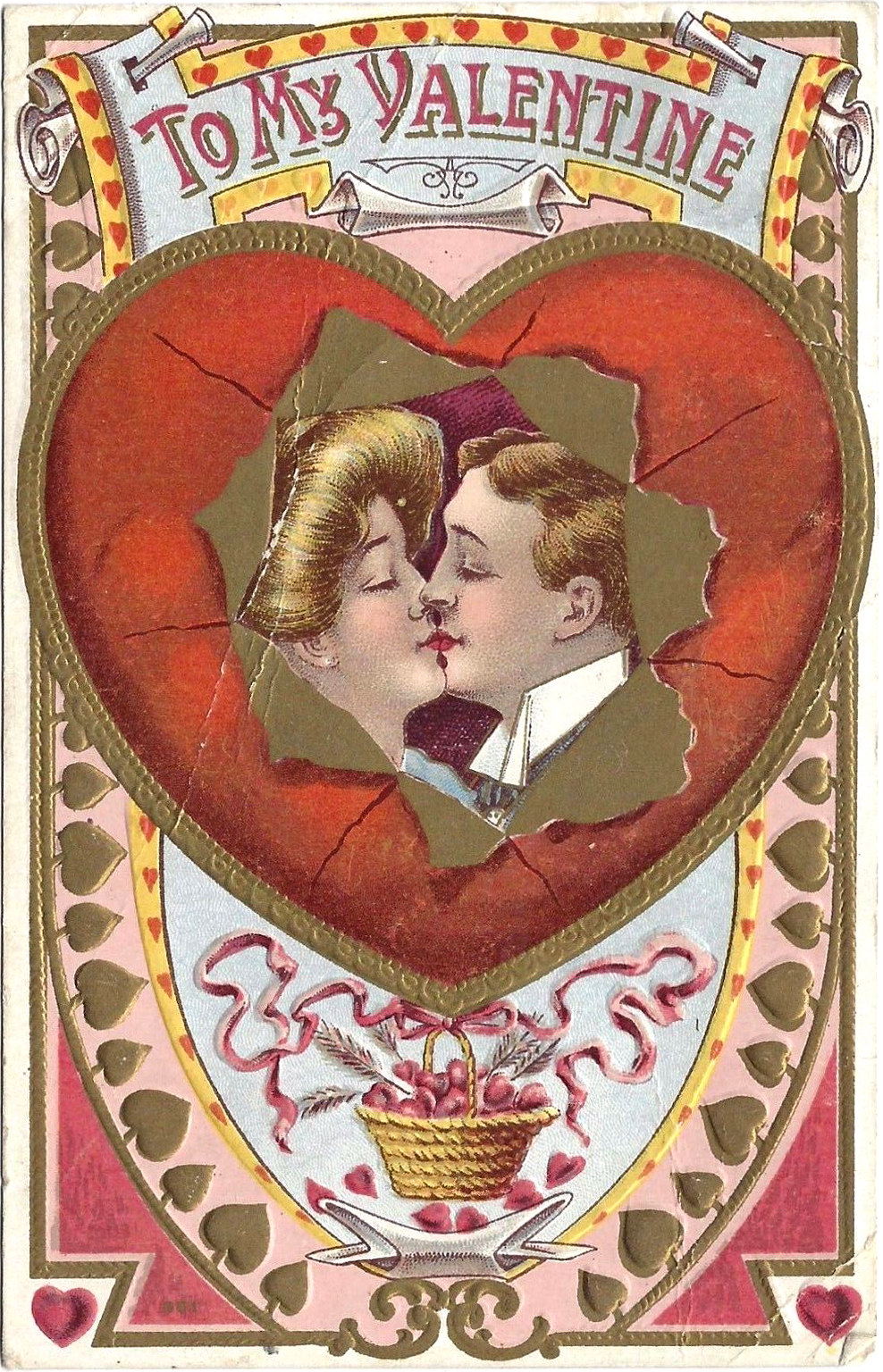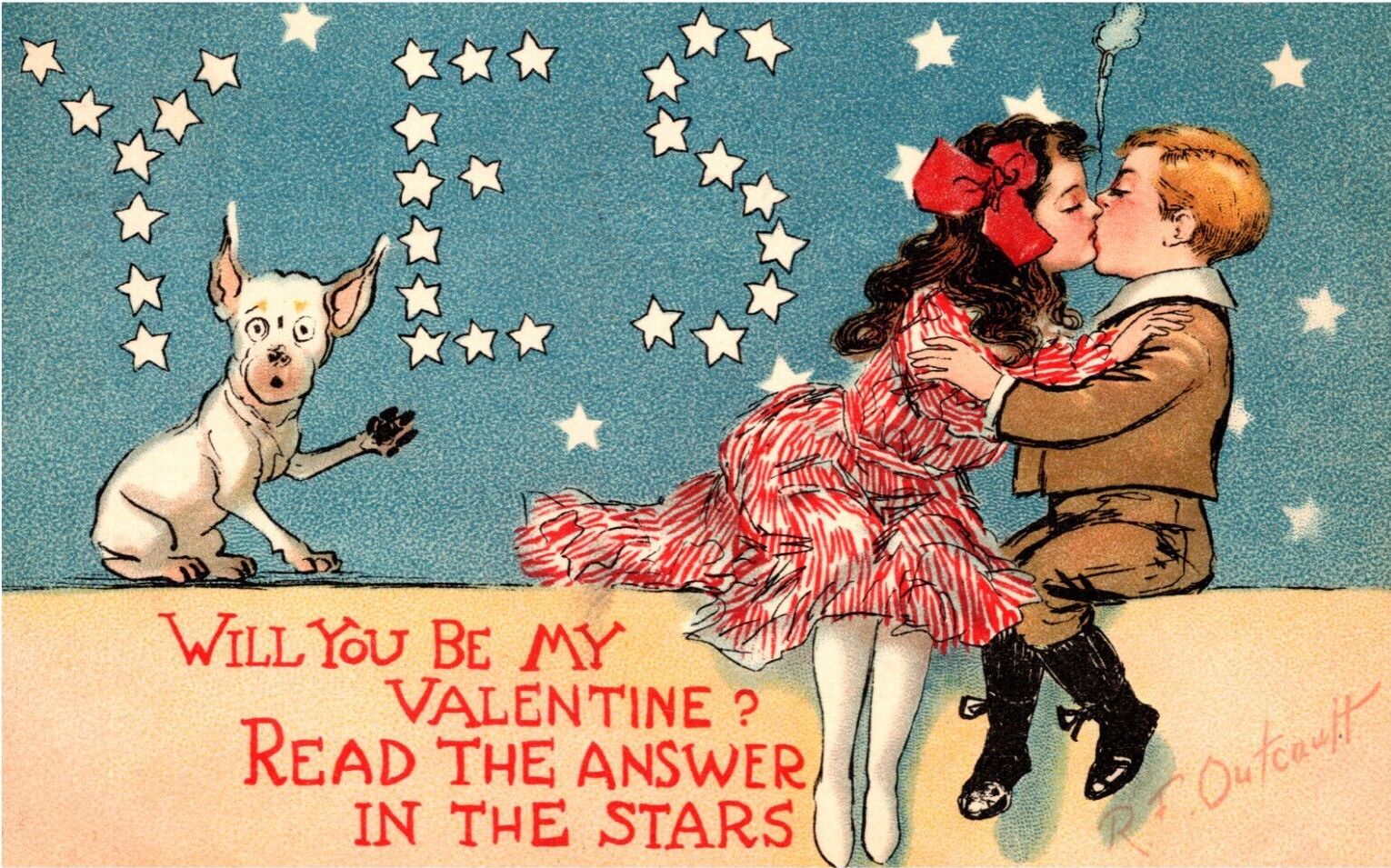2023 Queens DA Race: George Grasso
By Matthew Fischetti
mfischetti@queensledger.com
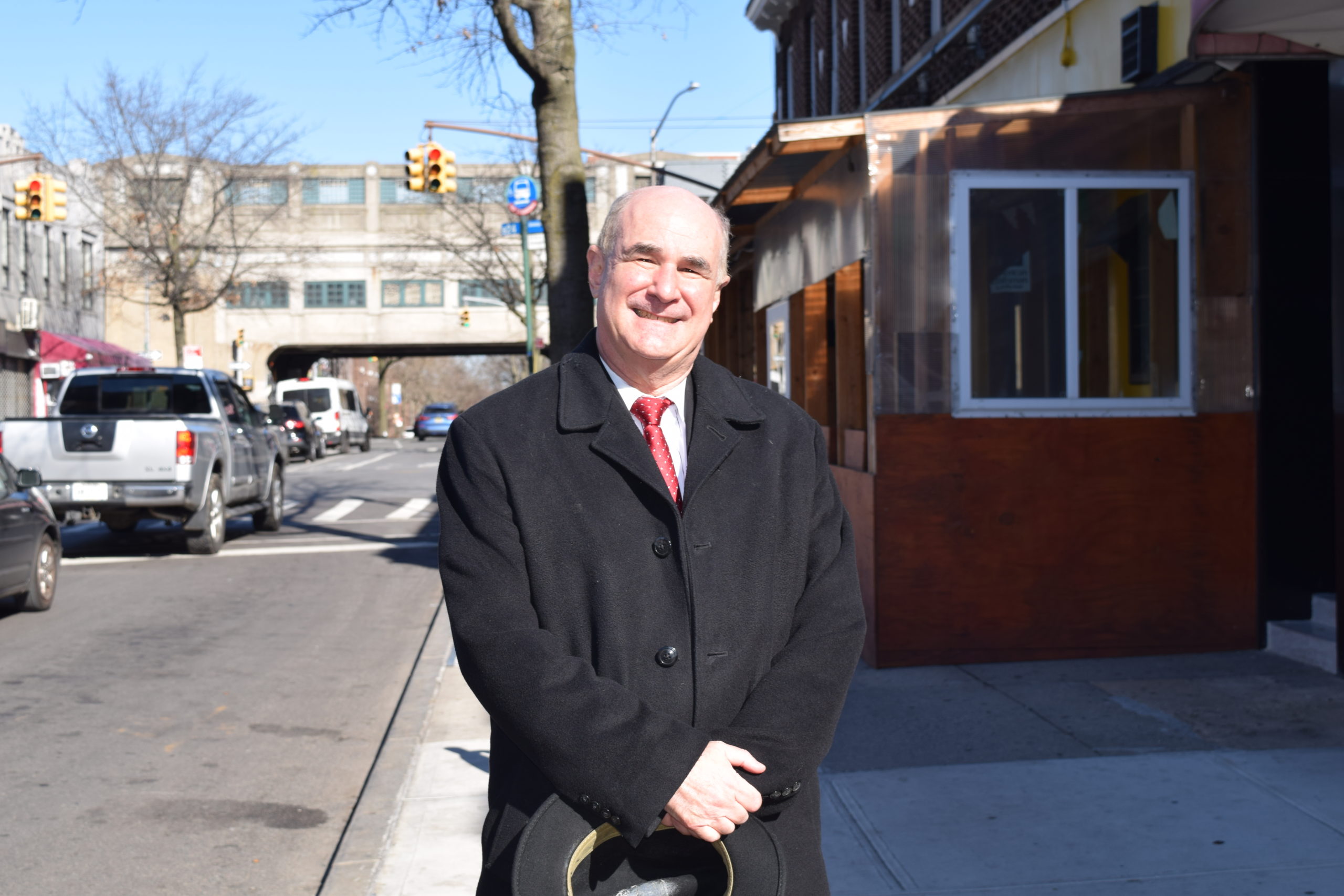
George Grasso got his start as a beat cop in Jamaica.
While patrolling the streets of Southeast Queens, Grasso worked his way up through law school taking night classes – eventually reaching high level positions like First Deputy Police Commissioner under the Bloomberg Administration and most recently serving as the Administrative Judge for Queens County Supreme Court for Criminal Matters.
But today Grasso, 65, is challenging Melinda Katz for Queens District Attorney.
Grasso said that one of his main focuses as Queens District Attorney would be to enforce quality-of-life crimes such as fare evasion.
“Seriously, make that a top priority,” Grasso said in a recent sitdown interview. “Anybody jumping over a turnstile is going to be subject to arrest, then subject to a search for illegal weapons and a warrant check.”
Different academic studies have questioned the effectiveness of New York City policing policies in the 1990s.
“There is much debate over the impact of New York policing tactics on reductions on crime and disorder in the 1990s. Broken windows policing alone did not bring down the crime rates (Eck & Maguire, 2000), but it is also likely that the police played some role,” a post from the Center for Evidence-Based Crime Policy reads.
The Center for Evidence-Based Crime Policy then cites a series of academic studies running from 1998 to 2006, each attributing different significance levels of broken windows policing on crime rates, ranging from large to non-existent.
Grasso also said he would highly support measures that would return judicial discretion over dangerousness standards. New York State is one of the few states that doesn’t allow judges to formally use dangerousness for bail requirements.
While he wants Justices to be able to have the dangerousness standard as a tool, Grasso also said that he would have a next day review that defendants could file for if they believe the discretion has been inappropriately applied.
While he believes that laws such as the 2019 bail reform law went too far, he stressed in his interview that he was never the “lock them up” judge and touted his record of supporting program and diversion courts.
Specifically, Grasso highlighted his support of overdose avoidance and recovery courts which he oversaw during his time as Bronx Criminal Court Supervising Judge.
In conjunction with the Bronx District Attorney, the Overdose Avoidance Courts utilized a pre-plea model in which participants could get help without first entering a guilty plea to their criminal charges, per the Daily News.
Grasso commended Mayor Adams, who he knows back from his cop days, and said that the problem with crime is that there needs to be more District Attorneys like Mike McMahon on Staten Island since he “clearly and unambiguously embraces his role as chief law enforcement officer.”
“Mayor Adams even though he’s saying the right things, even though the police commissioner is saying the right thing – and I believe they they want to do the right things, there is still kind of out there twisting in the wind,” Grasso said when asked how we would evaluate Hizzoner’s first year dealing with crime, without aforementioned changes in bail reform and having stronger district attorneys.
Grasso said that one of his main focuses would be to tackle crime in the 109 Precinct in Flushing, which he characterized as “off the charts.”
Grasso came to this newspaper’s office with printed sheets of COMPTSTAT numbers, the city’s tracking system for crime, which showed data from Jan. 30 to Feb. 5. In the 109 Precinct, the seven major crime indices (which include murder, rape, robbery, felony assault, burglary, grand larceny and grand larceny auto) rose 74.5 percent in the last week (89 vs 41), 19.5 percent in the 28 day snapshot (276 vs 231) and in the year-to-date category rose 16.2 percent (345 vs 297).
Grasso said that if elected one of the first things he would do is tackle the issue of crime in the Flushing area.
“I’m having a meeting with the precinct commander in the 109, the borough commander of Queens north, any leaders of any merchant associations and people who are involved with these issues,” he said. “And we’re gonna put a very aggressive plan together to get to the core of these issues, to figure out these people who are engaging in repetitive theft, that people who are engaging in aggressive panhandling and following people to banks, and standing behind them while they’re on line and asking them for money.”
The primary for the Queens District Attorney Race will take place on June 23.
*A previous version of this article reported that, if elected, Grasso would subject individuals to “search warrants” if they evade transportation fare. Instead, the individual would be subject to a search for illegal weapons and a warrant check.


